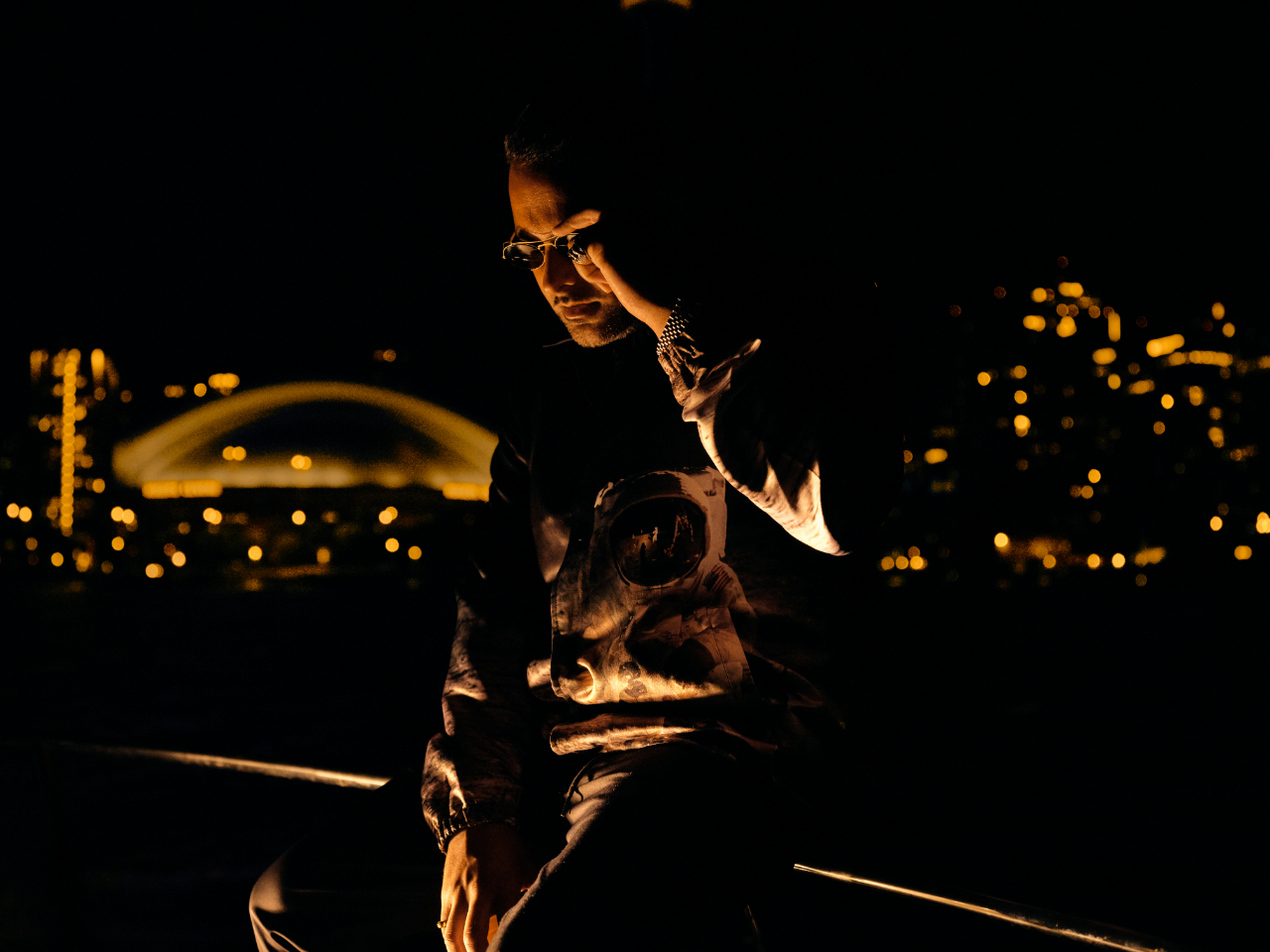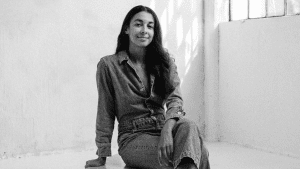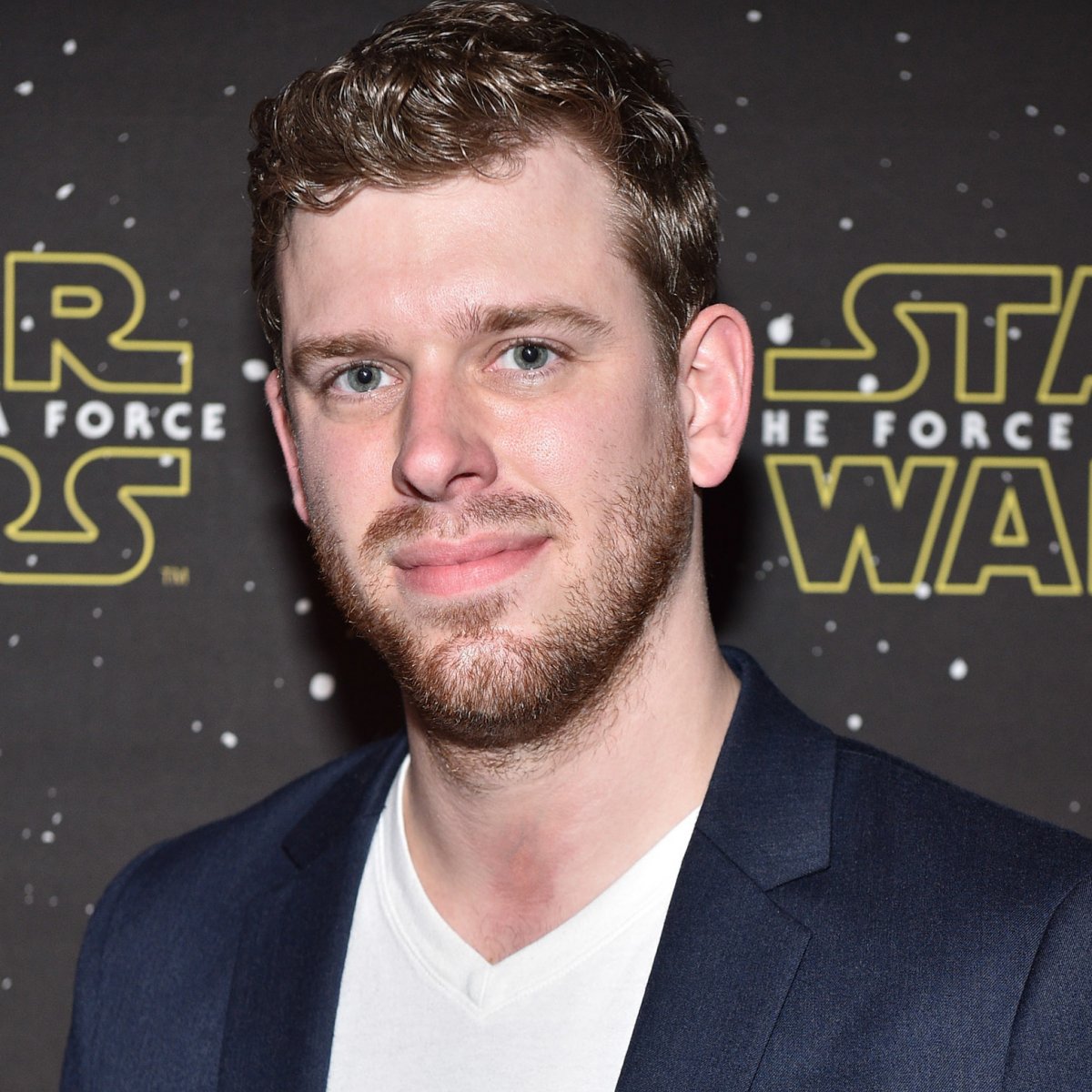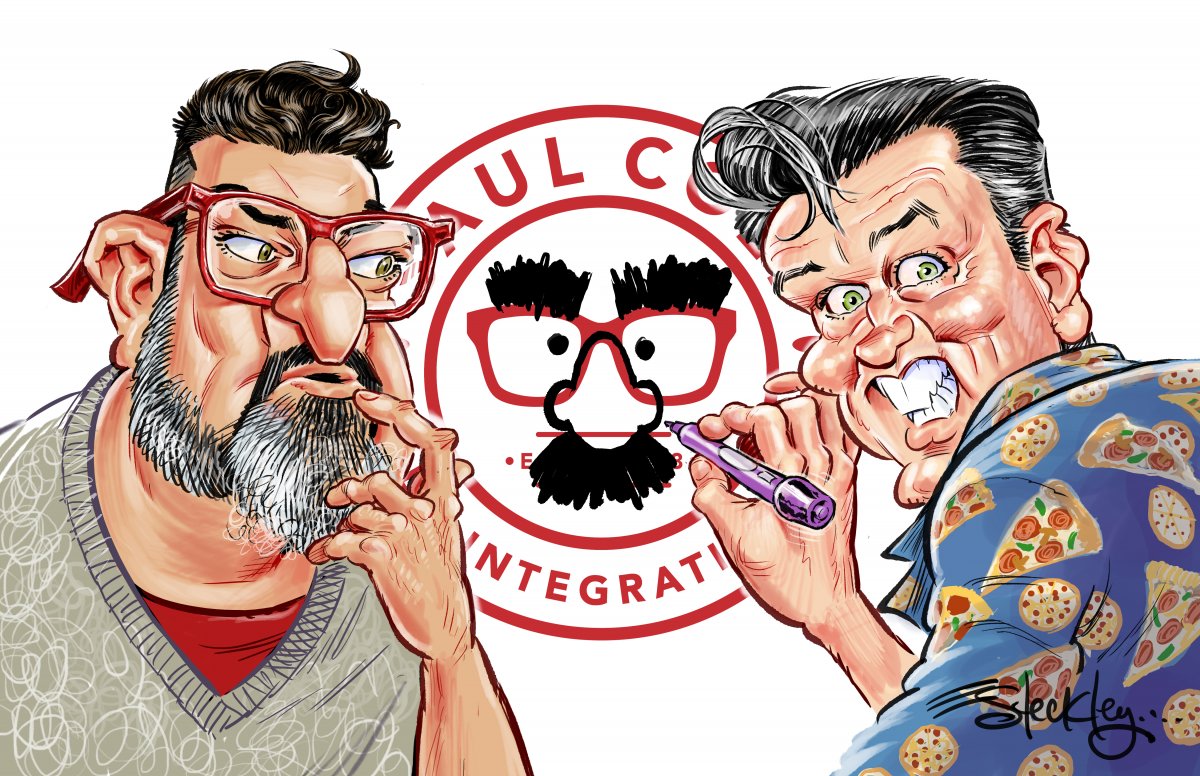[vc_row][vc_column][vc_column_text]What do Drake and Jay-Z have in common? The artistic works of Toronto furniture designer, sculptor and entrepreneur Ranbir Sidhu.[/vc_column_text][vc_separator color=”black”][vc_column_text]Toronto’s art scene has been praised around the world. Large industry names like Drake and The Weeknd have defined the city as a creative hub to watch. Underneath the hype, lies a rich bed of uncultivated soil. A lack of resources and increasing need for funding, in the midst of a pandemic, has caused the arts community to actively cry out for aid.
City initiatives like Art Starts TO and the Akin Collective have become resource centres for Toronto’s artists providing work spaces and access to funding and grants. Despite collective efforts, it will take a complete overhaul of infrastructure in which arts funding is understood to be paramount in the city’s continued development.
Furniture Designer, Sculpture and Toronto naitive, Ranbir Sidhu, has come up through Toronto’s art scene to work with some of Toronto’s most iconic names in music and business. Now through his custom design company and label, Futurezona, Sidhu is standing as an example for young artists to cultivate their talent and build Toronto’s artistic environment into what they desire it to be.
Defined by distinguished design and philosophy, Futurezona now stands side by side with well established companies despite it’s recent inception.The brand dedicated to doing away with one-dimensional ideas, is invested in creating a future that incorporates outstanding art with design.
From a young age Sidhu has been drawn to creation. While most children recall favourite toys and knick knacks driving their childhood, as a mentor and driving force in his life, Sidhu’s father fostered his talent early on with an architectural drafting table.
“It was the equivalent of giving a guitar to a future musician,” says Sidhu, “I started to explore my ideas and expressions and put pen to paper, giving life to the ideas racing through a mind that was keen to build.”
Finding inspiration and a working aesthetic through geometry and the sharpness of angles, Sidhu recalls delving into the idea of what is authentic and unadulterated. “I pull from early memories often, drawing on the fact that those were limitless times without worldly influence. I like to think that you can see that in my creations now.”
In a world continuing to cope with rapidly changing factors, Sidhu works to erase predetermined borders in design and in life. As technology and design continue to merge as factors that work together, he creates works that can stand as both unique in design and functional in their use.
“Contemporary times demand partnership, especially in commercial avenues. Whereas before, art used to speak to onlookers figuratively; with technology’s assistance there are now literal implications behind art’s ability to speak to us,” says Sidhu.
The unique landscape we find ourselves in, Sidhu says, is the best climate to redefine ideas of life and space to re-engineer understandings of movement and environment in a way that was not possible a year ago.
In the this addition to our entrepreneurial spotlight, Bay Street Bull spoke with Ranbir Sidhu about cultivating talent in Toronto, what inspires his life as an artist, and monetizing art as a means to fund creative communities not only in Canada but globally. [/vc_column_text][vc_single_image image=”18244″ img_size=”full” add_caption=”yes”][vc_text_separator title=”Q & A”][vc_column_text]To start, I’d like to talk to you about your inspiration as a designer. You are seen as a revolutionary force within Toronto’s design scene. Where does that inspiration and passion come from?
My design work derives from various levels of possibility through a narrative where nothing is impossible. As I observe contemporary spaces such as furniture, lighting or sculptural structures; I imagine another dimension to them. In analysis of the piece, as my mind starts to augment what I am looking at, I reflect on what has been left out. To breathe more life into each piece, I locate a tenable fourth dimension to enrich the onlooker’s experience. Even though we can agree that everyone has a boundless imagination, there always seems to be a yellow tape suffocating imagination from becoming reality. My inspiration is therefore two-fold. On one side of the coin, nature inspires me to provide designs with contours from less-travelled parts of the natural world. On the flip-side, I am inspired to breathe a hope that there can be a seamless transition from imagination to reality given the right perspective.
Your work has been highly acclaimed by some big names not only within Canada but globally. What are these partnerships like and how was it to work with the likes of Drake’s OVO label and Jay-Z’s Rocnation label?
The relationships that I have with that level of celebrity begins with an appreciation for what they do. Drake has cemented a place for Toronto as well as Canada in the entertainment industry. For that reason, I am inspired by his motivation to be a pioneer and change the cards that he was dealt. He has carved a path for a country with booming potential that has been waiting for this opportunity. That trailblazing inspiration was the energy I needed to begin to create for him. In evaluating the symbols that Rocnation aligns themselves with, I was able to take their prized possessions off of a piece of paper to give them dimensionality and life. No matter how broad the term seems, musicians and designers alike are labelled as ‘artists’ for these examples of belonging to the same creed albeit different castes. In the hyper-connected web of artistry, I am privileged that word travels at light-speeds and that artists have a natural inclination to collaborate. It has been a fantastic experience partnering and creating for them. No matter which tribe they belong to, there is a priceless education in working with other elite creatives that can only diversify your portfolio.
Careers can be turbulent to say the least. When was a time in your career when you were experiencing hardship? What was that like and how has it informed the way you navigate your success moving forward?
Turbulent times invite their fair share of demons, nonetheless, they are necessary to come to terms. For me, the death of my father in late 2014 came at a time where I was really coming out of my shell as a designer. My father was an avid disciplinarian with an incredible work ethic. I was privileged to be a free creative and explore artistic endeavours because of the sacrifices he made for my family. Many immediate family deaths often derail the individuals affected to varying degrees. Although time was required to get over the initial shock of his passing, my healing process was accelerated because of the tools that he instilled in me during his years of fatherhood. His mentorship as a strong, enduring figure ensured that I had the tools to overcome adversities and the inspiration to propel my craft. My most coveted accolades have come after his passing. I can chalk some of that up to experience, but I honestly believe that his passing propelled me to reach my goals in a much grander capacity than they hindered me at a time. I know he is proud.
[/vc_column_text][vc_single_image image=”18245″ img_size=”full”][vc_column_text]Toronto is a vibrant city. Despite the flourishing artists culture, resources for young artists and creatives continue to fall short of need. What infrastructure in your opinion is needed in the city to help cultivate our creatives?
Toronto is an obvious and already identified hotbed of art and artists. The shame of the city is, as you have identified in your question, a lack of resources to incubate the abundance of it. Without creeping into the political arena, I can offer that this city and its leaders should take an aggressive step towards building environments to foster dreaming, developing and designing. But I won’t leave it in the hands of the government, because I believe that businesses with the right resources, should also do their part. Look at what we’ve produced without the benefit of robust programming. I hold myself accountable as a citizen of this city brimming with talent. I have to do my part and I will. Though, that is me forecasting, I don’t want to give too much away but I’ll share as soon as it’s locked in. For now, I think our focus needs to be on adapting more creative spaces and leveraging more programming. A great example is The Weeknd’s HXOUSE that was started in Toronto as a think-tank fostering opportunities for young creatives. We need government-funded programs to follow suit of artists such as The Weeknd and his XO team to invest in our future thinkers.
On the business side of things, what inspired you to launch Futurezona and what does it offer clients that they can not access elsewhere?
For a long time, I sat on the sidelines peering at the design scene and I saw many brands, artists and pieces that resonated with me. I wanted to curate a brand that did not exist anywhere else. When it came to creating a business, I knew that part of the mission would be to give the world something it never expected was possible. I wanted to imagine and develop ideas that would cause necessary commotion in these spaces. A background in manufacturing helped me bring new material ideas to the table that may have been scorned otherwise. I brought a new outlook on how to join pieces together seamlessly with no proof of a joint, just flush design features that leave onlookers looking around for nuts and bolts. Although I have been inspired by several generations of art, my ideas and techniques continue to be unique to the industry. The merging of robotics and technology are also very unique to Futurezona’s creations. The clients that we have attracted are excessively creative and the environment that we help to create around them reflects that. The details of which are usually highly customized.
How do you define success both as an artist and as a business owner?
There are terms to success. For me, creatively, I feel successful when I’ve exceeded my dreaming. I’m refining my ideas constantly and often when I come to the end of a creative cycle, I iterate on what has been done. I get my exaggerated standard and elevate from there. That’s when I begin to think about whether or not it is successful. Those are usually my terms. It may sound aggressive or over-complicated but it is a process of simplicity for me. The products speak better for the demand that I put on them and myself. I never want to know what it is like to not see my clients blown away by what I’ve produced for them.
What advice would you give an artist who is working to navigate not only the current climate, but build a business around their art and talent?
There are many things that I would love to say to any artist looking to build a business of their art, but I think that it may be paramount to have them understand business as a language. Their talent is not going to leave them. They can count on tapping the energy of whatever they are inspired by for a long time, but to monetize and make a foundation commercially, they shouldn’t ignore the sobering job of accounting for themselves.
As for the climate, it is fair to say that artists often live, think, work, and create in isolation. They control their climate in that sense. The ‘outside’ climate is an illusion. Art has and always will be consumed and there will always be an appetite for it. The barriers to creating are never because of the climate outside. That is usually what fuels the art in the first place. Build things that you would love to see, and you’ll find an audience willing to support your artistry. Also, don’t be shy about being audacious with your work.[/vc_column_text][/vc_column][/vc_row]













